
views
Gathering Data
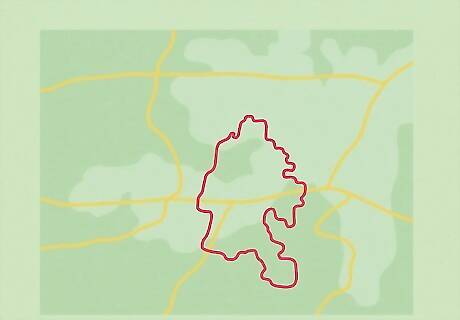
Define the area. Figure out the boundaries of the region for which you want to know the population density. Think about why you want this number. Perhaps you want to find the population density of your country, your city, or your neighborhood. You will need to find the total area of this place: usually in feet, miles, meters, or kilometers. Odds are that someone else has already measured and surveyed this area. Look for census data, read an encyclopedia, or run a web search. Find out whether the area has any set boundaries. If not, you'll need to define them yourself. A neighborhood, for instance, may not be listed in the census, so you'll need to draw the borders yourself.
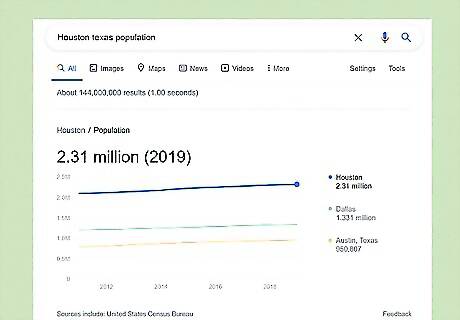
Determine the population. Short of counting the population yourself, you'll need to find an up-to-date record of how many people live in this area. Start by running a web search for the population of the place – say, the city of Houston, Texas. Look for the most recent census data for a relatively accurate number. If you are looking for the population of a country, the CIA World Factbook is a good source. If you are calculating the population density for an area that has not already been recorded, you may need to count the population yourself. This might include a colloquially-defined urban neighborhood, for instance, or a population of kangaroos in a section of the Australian Outback. Try to get as accurate a number as possible.
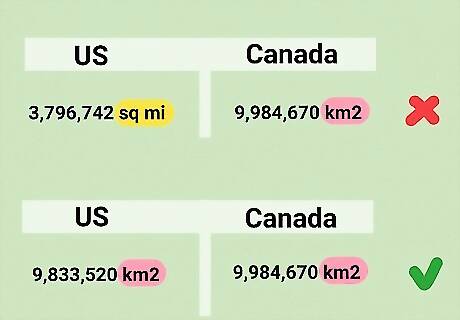
Balance your data. If you plan to compare one area against another, make sure that all of your numbers use a common unit of measurement. For instance, if one county is listed in square miles and another is listed in square km, you will need to convert the area of both countries into either square miles or square km. For easy Imperial-to-metric conversions, visit http://www.metric-conversions.org.
Calculating Population Density
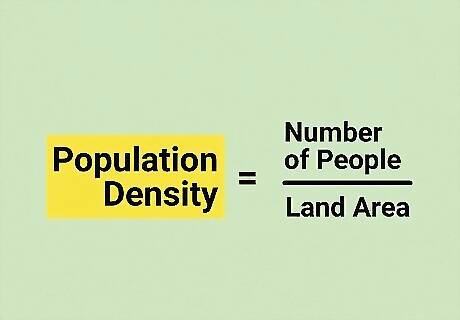
Learn the formula. To calculate the population density, you will divide the population by the size of the area. Thus, Population Density = Number of People/Land Area. The unit of land area should be square miles or square kilometers. You can use square feet or meters if you are finding the density of a smallish space. For most professional and academic demographic purposes, though, you'll need to use the standard square miles or kilometers. The unit of population density is people per unit of area. For instance, 2000 people per square mile.
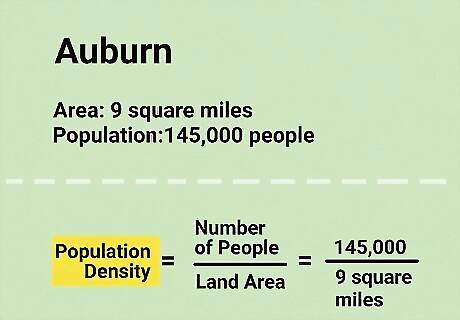
Plug your data into the formula. You should know the population and the surface area of the region. For example: if there are 145,000 people in the city of Auburn, and the urban area covers 9 square miles, write 145,000/9 square miles.
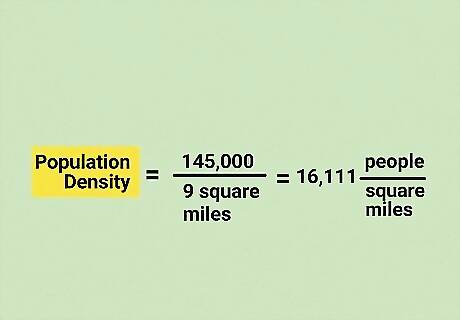
Divide the population by the area size. Use long division, or just use a calculator. In our example, 145,000 divided by 9 would show that the population density is 16,111 people/square mile.
Interpreting Population Density

Compare population density. Compare data from multiple areas, and use the contrasting population densities to make observations about those areas. For example: if the city of Boonesville includes 60,000 people overs its 8 square miles, then its population density is 7,500/square mile. You can see that the population density of Auburn is far higher than the population density of Boonesville. Consider whether you can use this difference to draw any conclusions about the two cities. Even if you calculate the population density of an area as dense as a large city, the resulting figure will not tell you much about the differences between individual neighborhoods. You may need to find the density for various area scales in order to fully understand a place.
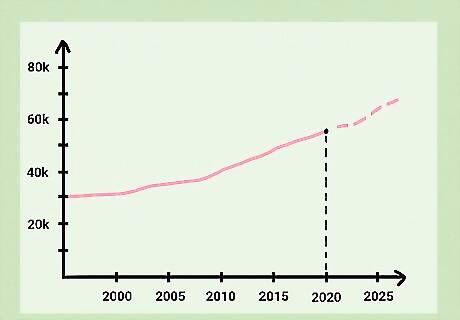
Try including population growth. Calculate the projected population growth for a given area, then compare the current population density with the predicted future density. Look for census data from the past, and try comparing past population densities with the current figure. Try to understand how a place has changed and will change.
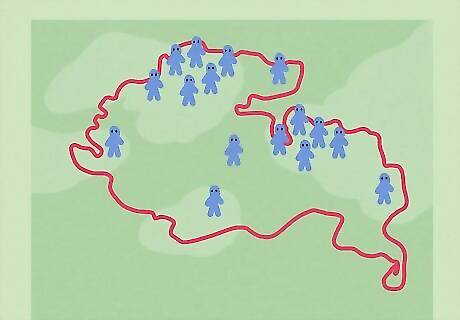
Be aware of the limitations. It is simple and straightforward to calculate population density in this way, but it may not reveal more intricate details about an area. This is highly dependent upon the size and type of the area for which you are calculating population density. The formula sometimes says more about smaller, densely-inhabited areas than it does about larger areas that include both inhabited and uninhabited land. Say that you calculate the population density of a county that is home to a huge amount of open land and national forest, but also to a very large city. The population density of the county at large will not tell you much about the density of the city: the actual space where people live. Remember that population density is just an average. It may not correspond exactly to the population count of an area. If not, consider why. Try calculating the density for a smaller area within the original area.
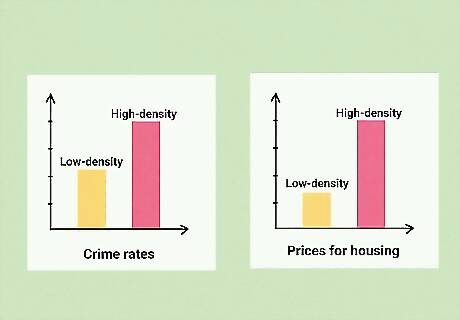
Think about the data. Make predictions about an area given when you know about high and low population densities. For instance, areas with high population densities tend to have higher crime rates and higher prices for housing and goods. Low-density areas tend to feature more agriculture, and they often include more wilderness or open space. The conclusions that you draw about a given area or areas will depend upon your purposes. Think about how you can make this data insightful.


















Comments
0 comment